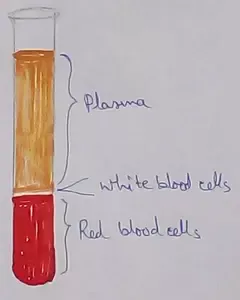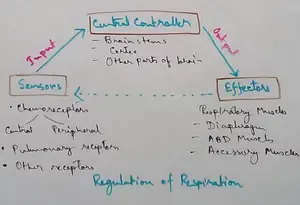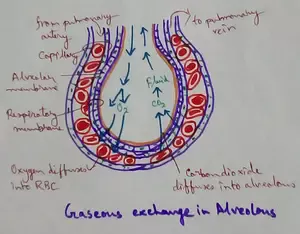Worksheet on Domestic Animals
Worksheet on domestic animals contains various types of questions on domestic and pet animals.
Read the concept to answer the questions on domestic animals.
1. Match the following given in column A with column B:
Column A Column B
(i) hen (a) honey
(ii) bees (b) belt
(iii) silkworm (c) egg
(iv) snake (d) wool
(v) sheep (e) silk
2. Fill in the
blanks:
(i) The ________ of cow is used to make ice-cream.
(ii) A donkey carries ________ for us.
(iii) A ________ guards our homes
(iv) A cat keeps the ________ away.
(v) We eat the ________ of animals like goat and hen.
3. Answer the following questions:
(i) Why should we be kind to wild animals?
(ii) Name two animals kept on the farms to carry load.
(iii) Name two animals that are used to give you joy rides.
(iv) Name one dish in which your mother uses egg.
(v) What are people who eat meat called?
(vi) What are people who do not eat meat called?
(vii) Name one animal that gives us milk.
(viii) Name two things made from milk.
(ix) Name two animals that are kept as pets.
(x) Name two things made from leather.
4. Write true or false:
(i) We should overload animals with work.
(ii) We should beat farm animals.
(iii) We should keep our pet animals clean.
(iv) We should not tease animals.
(v) Animals are not our friends.
Check the answers of worksheet on domestic animals:
Answers:
1. Column A Column B
(i) hen (c) egg
(ii) bees (a) honey
(iii) silkworm (e) silk
(iv) snake (b) belt
(v) sheep (d) wool
2. (i) milk
(ii) load
(iii) dog
(iv) mice
(v) flesh
3. (i) We should be kind to wild animals because animals are very useful to us. They give us food, leather and fibre and also carry our load.
(ii) Elephant and camel.
(iii) Elephant and horse.
(iv) Cake
(v) People who eat meat are called non-vegetarian.
(vi) People who do not eat meat are called vegetarian.
(vii) Cow
(viii) Butter and cheese.
(ix) Dog and cat.
(x) Belt and shoes.
4. (i) false
(ii) false
(iii) true
(iv) true
(v) false
From Worksheet on Domestic Animals to HOME PAGE
Recent Articles
-
What Is Plasma? | Blood Plasma | Proteins | Nutrients | Cholesterol
Nov 07, 25 10:29 AM
Blood is a mobile fluid which is a connective tissue and is derived from the mesoderm like cell any other connective tissue. Colour of blood is reddish and that flows inside the blood vessels by means… -
Disorders of Respiratory System | Tuberculosis | Pleurisy | Emphysema
Oct 28, 25 11:39 PM
Tuberculosis is very common disease and is caused by a type of bacteria called Mycobacterium tuberculosis. This disease causes different trouble in the respiration and infection of several parts of th… -
Regulation of Respiration | Respiratory Centres | Inspiratory Area |
Oct 14, 25 12:13 AM
Respiratory Centre is the area that controls the rate of respiration and it is observed to be located in medulla oblongata and pons. Respiratory Centre has the following will dispersed components like… -
Explain Transport of Gases | External Respiration | Tissue Respiration
Oct 09, 25 11:35 PM
In humans gaseous exchange is completed in the following ways the steps are - External Respiration or Breathing - Breathing in false taking in of Oxygen and giving out of carbon dioxide in the body. M… -
Kind and Number of Teeth | Location of Teeth in Mouth | Care of Teeth
Sep 11, 25 12:52 AM
Kind and Number of Teeth





New! Comments
Have your say about what you just read! Leave me a comment in the box below.